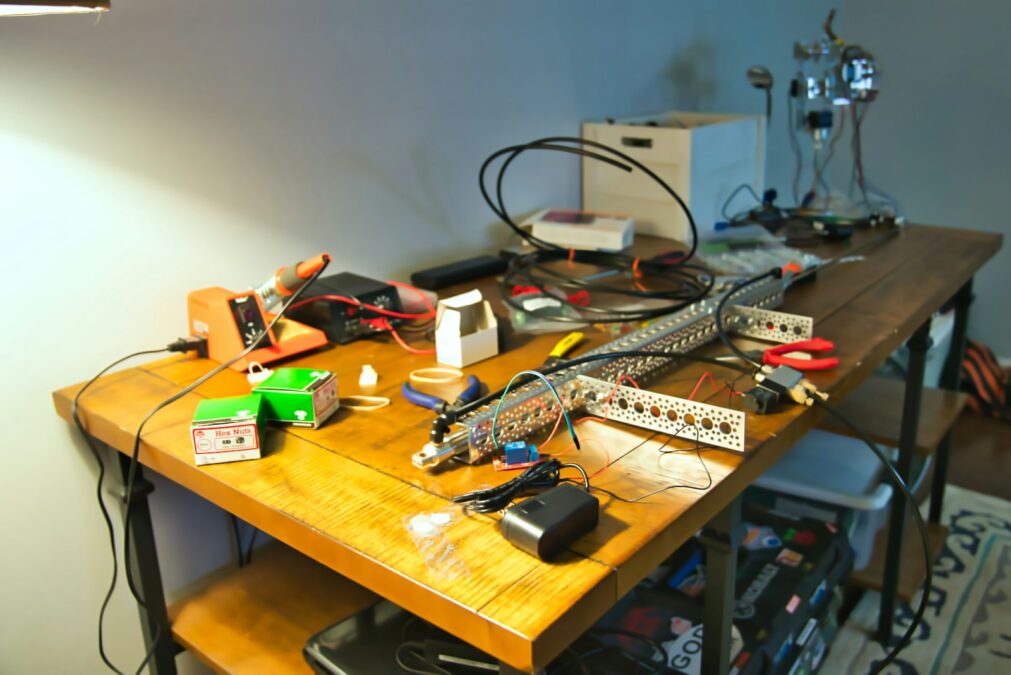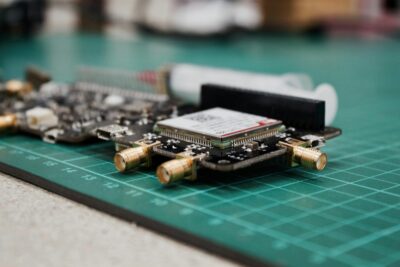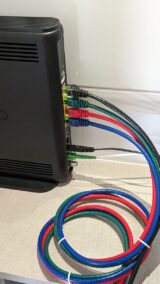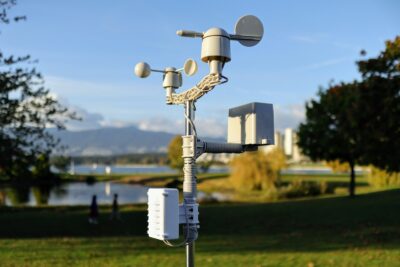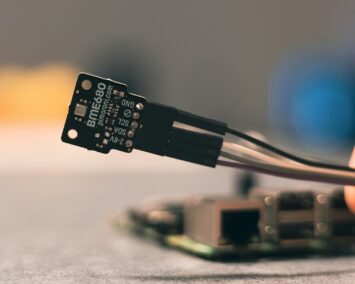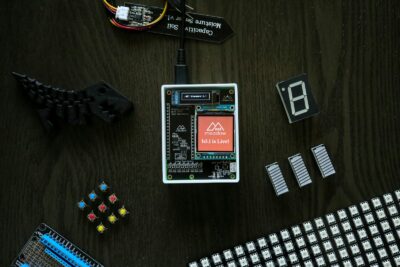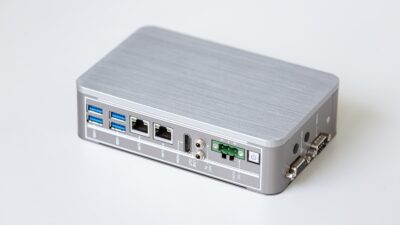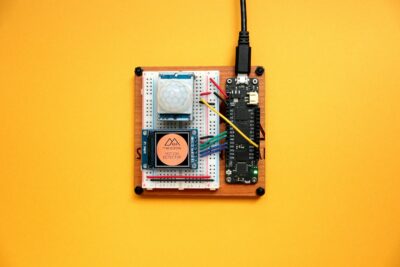Enabling Agile and Scalable IoT Implementations for Businesses
The Need for Speed: Real-Time IoT in the Digital Age
In today’s fast-paced business landscape, the ability to deploy real-time IoT solutions rapidly is paramount. Whether it’s monitoring critical infrastructure, optimizing industrial processes, or delivering personalized customer experiences, the time-to-market for IoT solutions can significantly impact a company’s competitive advantage. Edge computing, with its decentralized data processing capabilities, empowers organizations to deploy IoT solutions faster, more efficiently, and with greater flexibility.
Edge Computing: Empowering Agile IoT Development
Traditional cloud-based IoT architectures often involve complex data pipelines and centralized processing, which can lead to delays in deployment and hinder agility. Edge computing, by contrast, allows data to be processed and analyzed closer to the source, reducing latency and enabling real-time decision-making. This streamlined approach not only accelerates deployment but also empowers developers to iterate and refine IoT solutions more quickly, responding to changing business needs and market dynamics.
Scalability and Flexibility: Edge Computing’s Key Advantages
Scalability and flexibility are essential for IoT solutions to adapt to evolving requirements. Edge computing provides a modular and scalable architecture that allows organizations to add or remove edge devices as needed, without disrupting the entire system. This flexibility enables businesses to start small and scale up their IoT deployments incrementally, aligning with their growth trajectory and minimizing upfront investment costs. Moreover, edge computing can be tailored to specific use cases, enabling customized solutions that meet the unique needs of different industries and applications.
Real-World Impact: Edge Computing in Action
Smart Cities: Real-Time Insights for Urban Efficiency
In the context of smart cities, edge computing plays a crucial role in enabling real-time IoT solutions that enhance urban efficiency and sustainability. Edge devices deployed across the city can collect and process data from various sources, such as traffic sensors, air quality monitors, and energy meters. This real-time data can be used to optimize traffic flow, reduce energy consumption, and improve public safety. For instance, in Riyadh, edge computing is being leveraged to monitor and control traffic lights, reducing congestion and improving air quality.
Industrial Automation: Optimizing Operations with Real-Time Data
In the industrial sector, edge computing is transforming manufacturing processes by enabling real-time monitoring and control of equipment. Edge devices can collect data from sensors on factory floors, analyzing it in real-time to identify potential issues and optimize production. This can lead to significant improvements in efficiency, productivity, and safety. For example, in Dubai’s manufacturing hub, edge computing is being used to predict equipment failures, enabling proactive maintenance and minimizing downtime.
Retail: Enhancing Customer Experiences with Personalized Insights
Retailers are leveraging edge computing to deliver personalized customer experiences based on real-time data analysis. Edge devices can collect data on customer behavior, preferences, and purchase history, allowing retailers to offer targeted recommendations and promotions. This not only enhances the shopping experience but also drives sales and customer loyalty. In Abu Dhabi’s luxury shopping malls, edge computing is being used to provide personalized recommendations to shoppers, based on their past purchases and browsing behavior.
The Future of Edge Computing for Real-Time IoT Solutions
As the demand for real-time IoT solutions continues to grow, edge computing will play an increasingly critical role in enabling their rapid deployment and scalability. With advancements in 5G technology, artificial intelligence, and machine learning, edge computing is poised to unlock even greater possibilities for innovation and transformation. As businesses across industries seek to harness the power of real-time data, edge computing will become an indispensable tool for achieving competitive advantage and driving growth in the digital age.
Overcoming Challenges in Edge Computing Deployment
While edge computing offers numerous benefits, its deployment can also present challenges. One key challenge is ensuring the security and privacy of data processed at the edge. Robust security measures, such as encryption, authentication, and access controls, must be implemented to protect against cyber threats and unauthorized access. Additionally, organizations need to consider the cost and complexity of managing a distributed network of edge devices. However, with careful planning and the right expertise, these challenges can be overcome, paving the way for successful edge computing implementations.
#EdgeComputing #RealTimeIoT #RapidDeployment #Scalability #Flexibility #Agility #CostEfficiency #DataProcessing #SmartCities #IndustrialAutomation #Retail #5G #AI #MachineLearning

